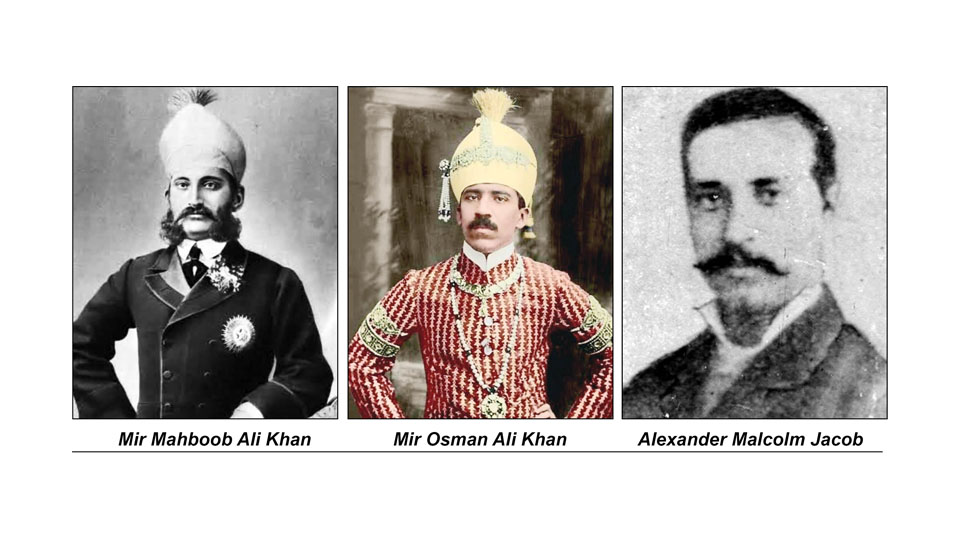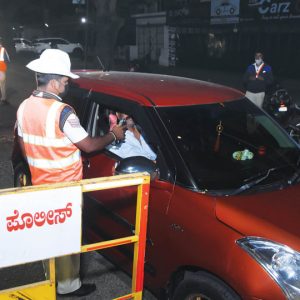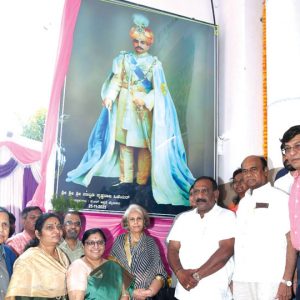By Dr. K. Javeed Nayeem, MD
In my last and concluding article about my visit to the Falaknuma Palace in Hyderabad, I had mentioned about the Jacob Diamond, the fifth largest diamond in the world, that was acquired and owned by Mir Mahboob Ali Khan, the sixth Nizam of Hyderabad. This diamond was known by a few other names too, like The Imperial Diamond, The Victoria Diamond and The Great White Diamond, but the name that stuck to it is of its original seller, Alexander Malcolm Jacob.
And, unlike most other famous diamonds, this diamond was sold only twice — once to the Nizam, by Jacob and then to the Indian government by the Nizam’s heirs, and it is unlikely to be sold, ever again! But like many famous diamonds, this one too has a very fascinating story behind it. Most surprisingly, this diamond, weighing about four hundred carats, which amounts to about eighty grams and known to be much bigger than the famous Kohinoor Diamond, in its uncut stage, was reportedly found lying forlorn and forgotten, in one of the shoes of the Nizam at the Chowmohalla Palace, after his death. The reason for it adorning such an inglorious place, despite being a gem fit for the monarch’s crown, was perhaps because its owner felt disillusioned with its size and beauty, after he had entered into an agreement to buy it and had paid half its agreed price of fifty lakh rupees to the seller.
The Nizam, who had entered into a contract to buy it, after seeing only a glass replica of the original, tried hard to stall the deal and wriggle out of it. He claimed that while he had paid an advance, he had, in his contract, retained the right of refusal, if he did not like the diamond for some reason. When Jacob pleaded inability to rescind the deal and return the advance amount he had taken, a Calcutta Court issued a warrant for Jacob’s arrest, after the Nizam charged him with fraud.
The Nizam-friendly British government banned Jacob from dealing with any of the Indian Princes, effectively cutting him off his gem, jewellery and antiques business. Jacob was acquitted of all charges by the Calcutta High Court which unfortunately for him, had no jurisdiction over the Nizam’s Hyderabad State and so Jacob never received a penny more than the advance amount from the Nizam. Not very surprisingly, the British government, known for its tactfulness then, as it is now, refused to intervene in a private deal! After this prolonged legal battle, when the Nizam agreed to take the gem only for a much lesser sum, the raw deal left the seller not only fretting and fuming but bankrupt too.
A retirement-eager Jacob had apparently bought the diamond for rupees twenty-one lakh and had planned to sell it to the Nizam for rupees fifty lakh and had hoped to live off the profits, from this ‘last sale’. While the Nizam had only paid an advance amount to him, an exuberant and over-confident Jacob had paid the full price to the Dutch company he bought the gem from!
Jacob was an art dealer who had connections in high places and was a close confidant of British Viceroys and Indian Princes. And, among his wide circle of acquaintances was also the Sixth Nizam, Mir Mahboob Ali Khan, the ruler of Hyderabad. Jacob was born in Turkey and he had arrived in Simla in the year 1870 and founded a business trading in precious gemstones. The success of the business allowed him to build a luxurious house, known as ‘Belvedere’ in Simla, which still stands to this day. Some reports say that Jacob was also a spy working for undisclosed foreign powers like Russia, which is why Rudyard Kipling in his novel, Kim, is said to have created the character of Lurgan Sahib of the British Secret Service, after Jacob.
American author F. Marion Crawford is said to have written the novel, Mr. Isaacs about him in 1882. And, as recently as in 2012, Sydney-based journalist John Zubrzycki wrote a very interesting biography, ‘The Mysterious Mr Jacob: Diamond Merchant, Magician and Spy’. Incidentally, Zubrzycki has written an equally interesting biography about Mukarram Jah the last titular Nizam, who passed away in January this year.
In the Nizam’s Palace, the Jacob diamond gained the nickname of Manhoos Hira, the ill-omened diamond and so the Nizam tucked it into one of his many shoes and forgot all about it. It was a large colourless and relatively unattractive diamond, that had been mined at Kimberley in South Africa. Strangely, nothing about it seems to be hunky-dory, because its journey started with it being illegally picked up from the mine and smuggled out by a security guard. Even its transportation to Amsterdam for cutting and polishing was done illegally to avoid paying the heavy customs duties on gemstones that prevailed at that time.
Although once ranked as the fifth-largest diamond in the world, after cutting and polishing, with its 58 facets, it weighed 184.75 carats which is about a mere thirty-five grams. When the heirs of the Nizam decided to auction it away at London’s Sotheby’s, the Indian government stepped in to stop its export, citing ‘the prohibition of the export of valuable artifacts act’ and purchased it from the Nizam’s Trust, along with their other jewels for rupees two hundred and eighteen crore. Sotheby’s had predicted that it would be able to sell that collection for at least rupees one thousand and five hundred crore to collectors but there was no way it could reach them!
To go back in time a little, a helpless and heart-broken Jacob, who was by then drowned in bankruptcy, shifted to Bombay where he stayed in the building where Phillips Antiques now is, at the Regal Circle in Colaba. He later shifted to the now defunct annexe of the Watsons Hotel, where he died as a recluse in 1921.
‘A romantic career ends in Poverty’, wrote The Statesman, Calcutta, in his obituary of 12 January 1921. The newspaper had reported extensively on the ‘Jacob Diamond trial’. An obituary notice was also published in the Bombay edition of The Times of India to mourn the passing away of A.M. Jacob, aged seventy-one-years. No mention was made of any grieving family member or the cause of death. So, the man who once owned the fifth largest diamond in the world died a penniless pauper! For over a hundred years, his grave has remained hidden in the dusty environment of the city’s Sewri Christian cemetery, while his spirit is possibly secure with his diamond in the vaults of the Reserve Bank of India!
e-mail: [email protected]








When I visited India, Indians seem to indulge in their past glory, not interested in how much corrupt their country has become.
This article reinforces what I have said. It does not serve any pur[pose at all.
Hey Indians, stop emigrating everywhere, stay in your country and ensure your country does not sink to a swamp of corruption more.
I fail to understand what purpose this diamond will serve in languishing in the vaults of this central bank HQ.
This author is talking nonsense, as he knows that no one can check the authenticity of his story!